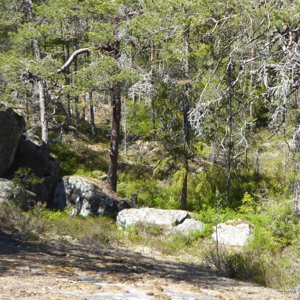SQL Server does not support using network drives for database files. The Z drive is a network drive, which is why the directory lookup failed. Ensure that the SQL Server service account has the necessary permissions to access the Azure File Share. Verify that the account can read and write to the specified path.
Ensure that the connection to the Azure File Share is persistent and reconnects automatically after reboots. Use the net use command with the /persistent:yes option to mount the drive.
Recommended Approach
Given the limitations of using network drives for SQL Server database files, here are some alternative approaches:
Local Storage for Database Files:
- Store all primary database files (data, log, tempdb) on local drives within the Azure AU region to ensure optimal performance.
Asynchronous Replication:
- Use SQL Server Always On Availability Groups to set up asynchronous replication to other regions. This allows you to replicate data to secondary replicas in different regions without impacting the performance of your primary database.
Partitioning Data:
- Continue partitioning your tables based on region-specific data. This can help manage and query data more efficiently.
Example Configuration
- Primary Replica: SQL Server VM in Azure AU region (synchronous-commit mode for local replicas, asynchronous-commit mode for remote replicas).
- Secondary Replicas: SQL Server VMs in Azure US and EU regions (asynchronous-commit mode).
Additional Information by Erland Sommarskog
SQL Server Always On Availability Groups
Mounting Azure File Share: If you still need to use Azure File Shares for other purposes, ensure that they are mounted correctly using the net use command or through the Azure portal. Continuously test and monitor the performance of your setup to ensure it meets your requirements.
Your contribution is highly appreciated. Please do not forget to "Accept the answer” and “up-vote” wherever the information provided helps you, this can be beneficial to other community members.
If you have any other questions or are still running into more issues, let me know in the "comments" and I would be happy to help you.
